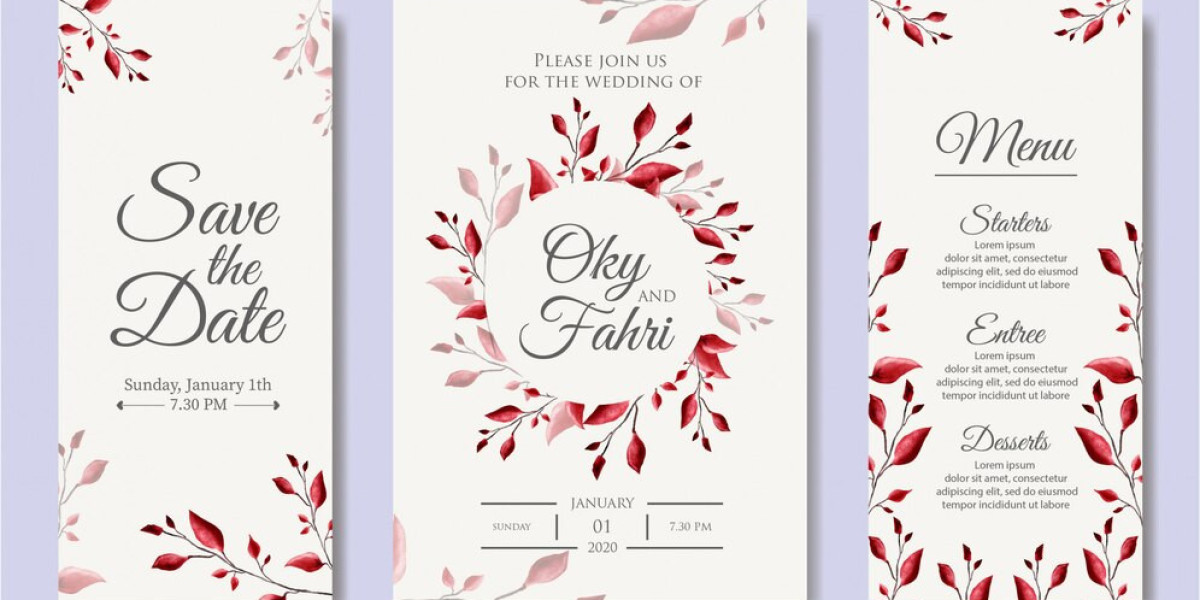Planning a wedding can be an exciting and overwhelming experience, but one of the most crucial parts of the process is organizing the seating arrangements for your guests. The wedding seating chart may seem like a small detail, but it plays a significant role in the flow of the event. With the right approach, you can make the seating process enjoyable and stress-free, allowing you to focus on the more enjoyable parts of wedding planning.
Here are some wedding seating chart tips to help keep everything running smoothly.
1. Understand Your Guest List
Before diving into the specifics of your wedding seating chart, take the time to carefully evaluate your guest list. This will help you determine how many people need seats and if there are any special considerations (such as family dynamics, group preferences, or accessibility needs). Some couples opt for a traditional seating arrangement, while others prefer a more relaxed or informal setup. Regardless of the approach you choose, understanding your guest list is the first step to creating a seating plan that works.
Tip:
Create a digital or physical list where you categorize your guests. This can include friends, family, colleagues, or acquaintances, and will help you visualize your seating options more effectively.
2. Consider Your Venue Layout
The next step in creating a wedding seating chart is to consider the layout of your venue. Do you have a large ballroom, a more intimate garden, or an outdoor area? The venue's shape and size will affect how you position your tables and guests. If your wedding has multiple sections, like a cocktail area and a dining area, make sure your seating chart reflects this layout.
You should also consider the flow of the event. It’s important to think about how guests will move between different sections of the wedding, such as where they’ll go for the ceremony, reception, and dinner. Ensuring that guests are seated in a way that doesn’t create chaos or awkwardness during transitions is crucial for a smooth experience.
Tip:
Ask your venue for a layout of the space and keep it in mind while designing the wedding seating chart. Use this layout to visualize where to place tables, and consider accessibility for elderly guests or those with disabilities.
3. Group Guests Based on Relationships
One of the key elements to a successful wedding seating chart is grouping guests based on their relationships with the bride, groom, and each other. The goal is to create an atmosphere where everyone feels comfortable and enjoys the event. A thoughtful seating arrangement can prevent awkward situations and make sure that guests have a great time.
Consider grouping family members together, placing close friends at their own table, and seating colleagues or acquaintances with people they may know. If you’re unsure where to place guests, think about their personalities and how well they might get along. It’s also a good idea to avoid seating guests who might have a complicated history together—your wedding day isn’t the time to rekindle old conflicts.
Tip:
Have a conversation with your wedding planner or use seating software to help visualize these groupings. It will make it easier to shuffle guests around and find the best seating arrangements.
4. Make the Seating Chart Clear and Accessible
Once you have all your seating arrangements planned, it’s time to create the wedding seating chart. The seating chart should be easy to read and clearly displayed so that guests can quickly find their seats without feeling frustrated. You can create a large poster-style chart, a digital screen, or individual name cards on tables—whatever suits your wedding style and venue.
A well-organized seating chart should list the names of the guests alphabetically or by table. If you choose to use table numbers or names, make sure they are easy for guests to understand. A brief description of where each table is located in the venue, or a map of the space, can also be helpful.
Tip:
If you’re using individual name cards at each table, consider assigning a seat to each person. This removes any confusion and ensures that everyone is in the right place. Alternatively, you can assign guests to a table but leave the specific seat unassigned for a bit more flexibility.
5. Create a Wedding Seating Chart with Flexibility
While it’s important to plan the wedding seating chart carefully, it’s also a good idea to leave room for flexibility. Things may change last minute, whether it’s a guest who unexpectedly brings a plus-one or someone who has a sudden change in dietary requirements. Having a flexible seating plan will help you manage these changes without causing stress.
For instance, you can create a “floating” section for additional guests, or you can simply add a few extra chairs to tables to accommodate unforeseen situations. Flexibility is key, especially when you’re dealing with large groups of people.
Tip:
Make sure your wedding planner, coordinator, or venue staff knows about your flexible seating plan so they can quickly make changes if needed on the day of the wedding.
6. Use Technology to Help with the Planning Process
The digital age has made the task of creating a wedding seating chart much easier. There are many wedding planning websites and apps that help you create, organize, and visualize your seating arrangements. These tools allow you to drag and drop guest names, try different table setups, and make changes quickly as your plans evolve.
If you are working with a photographer like Rodman Wedding Photographers, be sure to share your seating chart with them. They can help you organize photo opportunities based on where guests are sitting, ensuring that your wedding photos flow seamlessly.
Tip:
Consider using a wedding seating chart app or software. Many platforms offer the ability to download, print, and share your seating chart digitally with your venue and other wedding vendors.
7. Final Check: Double-Check Everything
Before finalizing your wedding seating chart, take one last look to ensure everything is in place. Have you accounted for all the guests? Is the seating chart easy to read and accessible? Have you made accommodations for special requests or needs?
This final check is crucial, especially if you're working with a large guest list. It will give you peace of mind knowing that everything is organized and prepared for the big day.
Tip:
Ask a trusted friend or family member to review your wedding seating chart as well. A fresh pair of eyes might spot something you missed, ensuring that everything runs smoothly on the wedding day.
Conclusion
Creating the perfect wedding seating chart doesn’t have to be a stressful process. By planning ahead, using the right tools, and keeping flexibility in mind, you can ensure that your guests are comfortable and your wedding day is memorable. With these tips, you’ll be able to manage your seating arrangements with ease, letting you focus on enjoying the celebration with your loved ones.






